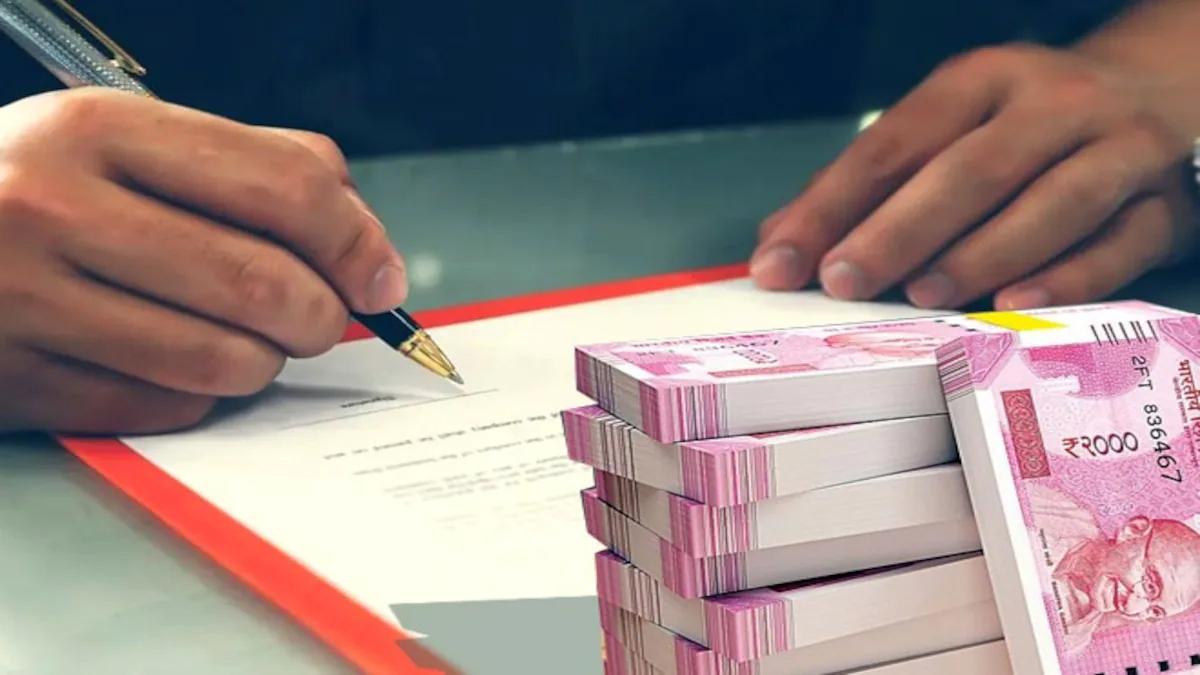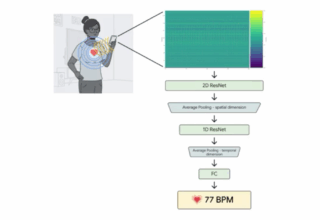
Locating mold in your house can be a tough task. It can be hiding anywhere from your basement to your attic or even in your plain sight such as your bedroom. Wherever it is, you need to act toward it. It can be a cancer in your house if you don’t take immediate action as it can cause several other problems. Small patches of molds can be dealt with by some DIY techniques, but if a bigger area is involved, it is highly recommended that professionals are called and the molds are properly assessed due to health risks involved.
In order discover which type of mold is present in your house and what repairs are mandatory for its removal mold inspection should be carried out by trained professionals. There are a number of mold inspectors available today, but one should choose wisely and not only because the cost is minimal. Doing this can be seriously dangerous and therefore, you must always choose the best you can afford.
A mold inspection includes recognition of any conditions in or around your property that might provide suitable atmosphere for mold to grow. The problematic areas are detected which might include water damage, odour or some signs of fungus. The inspector inspects the exteriors of the house as well to check for obvious signs of water damage, leaks, etc. as well as their causes like damage in pipes, cracked brick, etc.
The visual check is the first step. Followed by it, the next step is to gauge the moisture levels in the walls of the house. The gauge is set to measure the moisture every two feet. Moreover, special attention should be paid under the sinks, around water heaters and everywhere else where there is water source present. The level of moisture is measured by an instrument which has two pins which are inserted in the lower part of the wall to display a reading to show a level. The acceptable level of moisture is 15% or below.
If the moisture levels are greater than the acceptable value or there are signs of water damage or fungal growth, the inspector should notify you about them and discuss if samples should be taken. Sampling is important to be certain of the presence of mold in a certain area which the inspector thinks is infected.
Usually, air sample is taken. Inspection of an air sample can help in determining the kind of mold present in the atmosphere and in what quantity. To compare, the inspector takes two samples – one from outside and one from the concerned area. Mold is present everywhere and we are inhaling it ever second. It is absolutely safe. Hence, a sample from outside is taken to analyze if the mold present in the concerned area is same as the mold outside, which is safe, or not and in what proportion it is present. Sometimes, the type of mold is same but is present in higher ratios which can be toxic.
Samples of the areas where mold growth is visible can also be taken. This helps in precisely determining the type of mold that is present, but not if it is present in the air or not.
The results after inspection can take a couple of days to arrive. The samples are examined and as soon as the result is available, the inspector should call you up to deliver a verbal report and let you know about the results. Then, after a couple of days, you can receive a written report as well. When it comes to the written report, a point to be noted is that a good inspector will not only send you a copy of the results in the report, but also recommendations as to what procedure is to be followed to deal with the mold.
A precaution to be carried out is closing your windows and doors 12-24 hours before the inspection has to take place. It will be beneficial as the mold inspection results will be more accurate. The inspector will be able to encounter the odour present inside without much concentration of the outside air in the house.
It is important to get your full house inspected for mold as it can grow anywhere and can be dangerous for your house as well as your health. Get your house inspected by professionals: http://www.moldguy.ca/




















